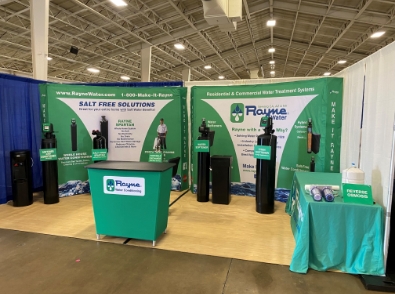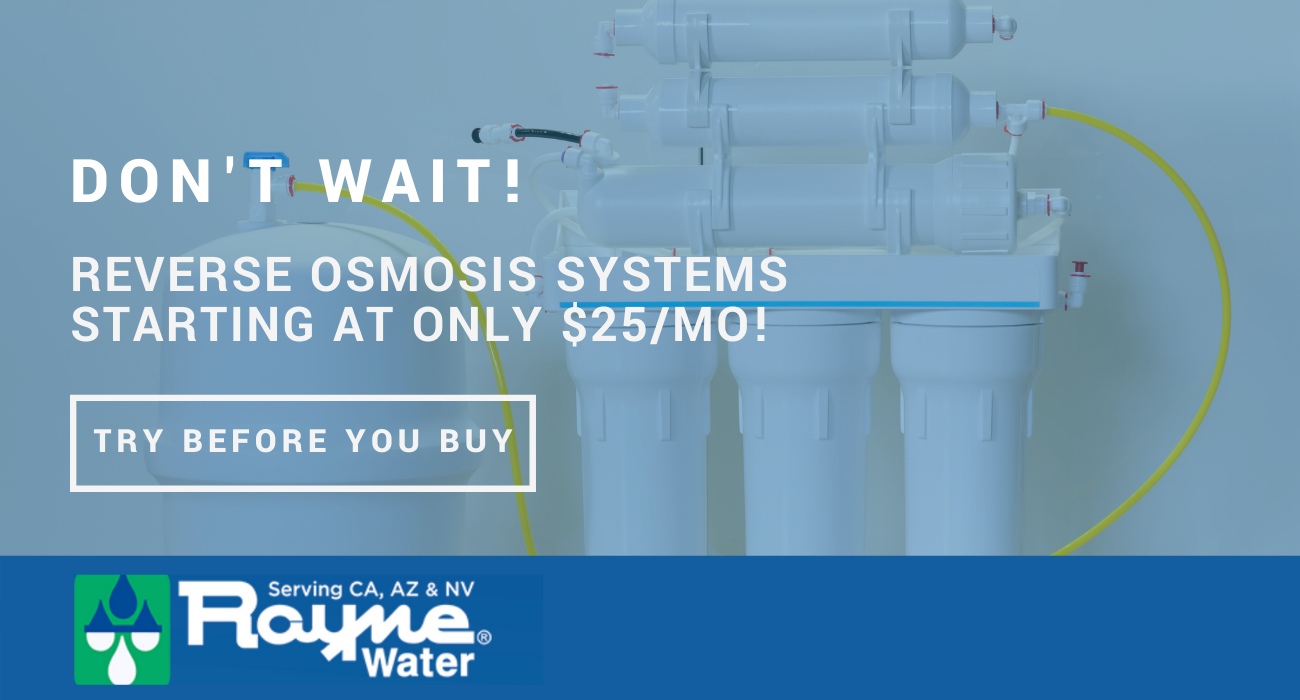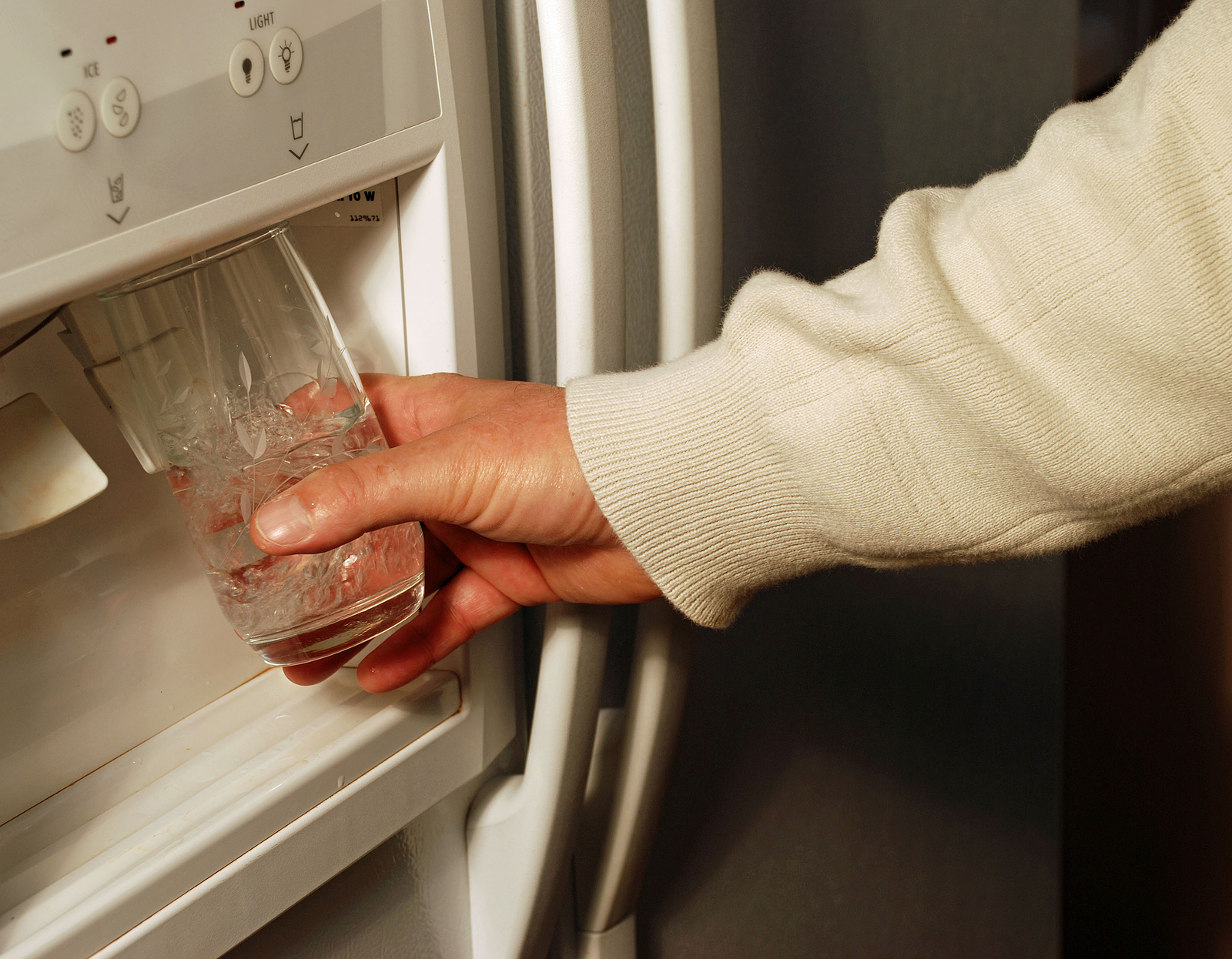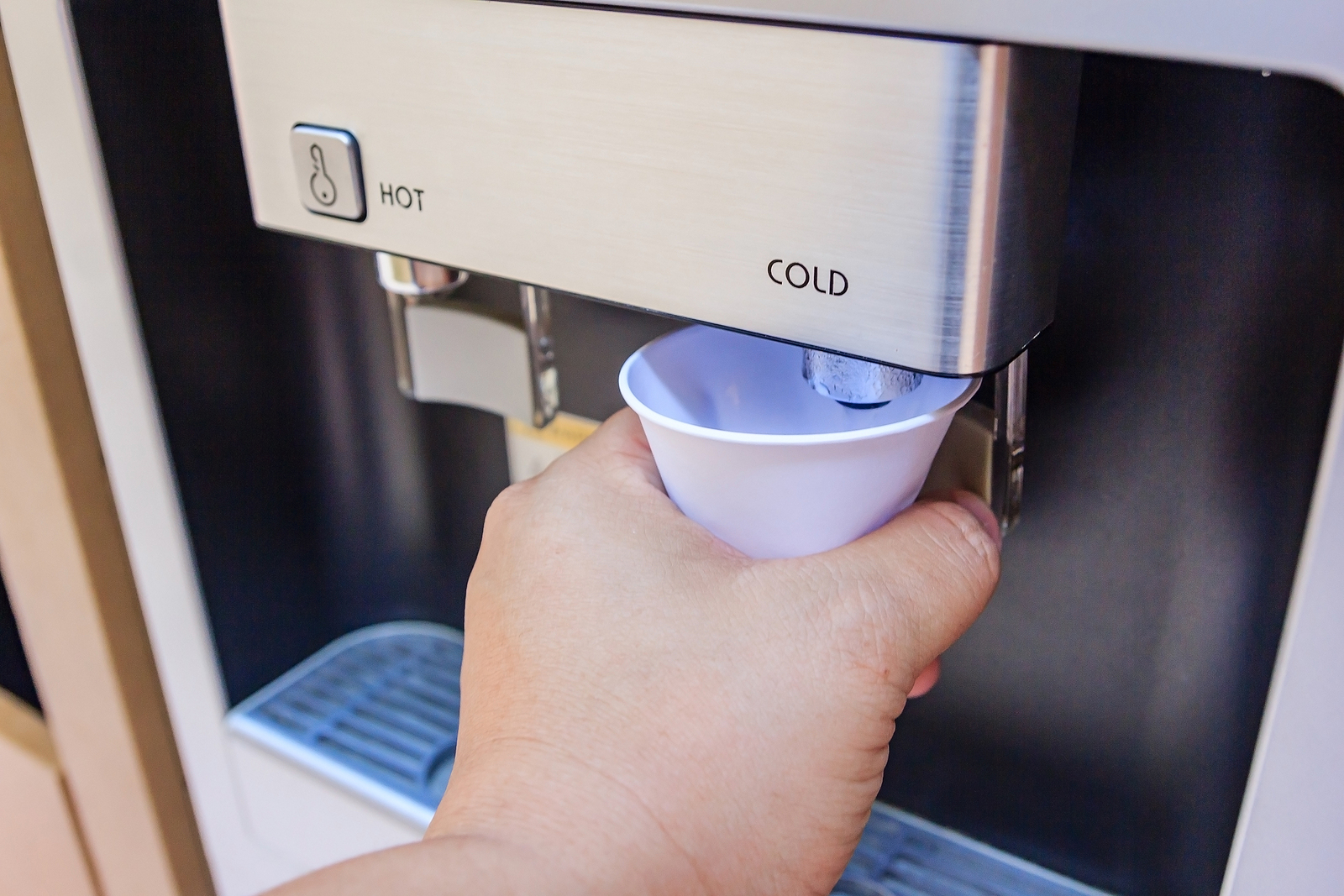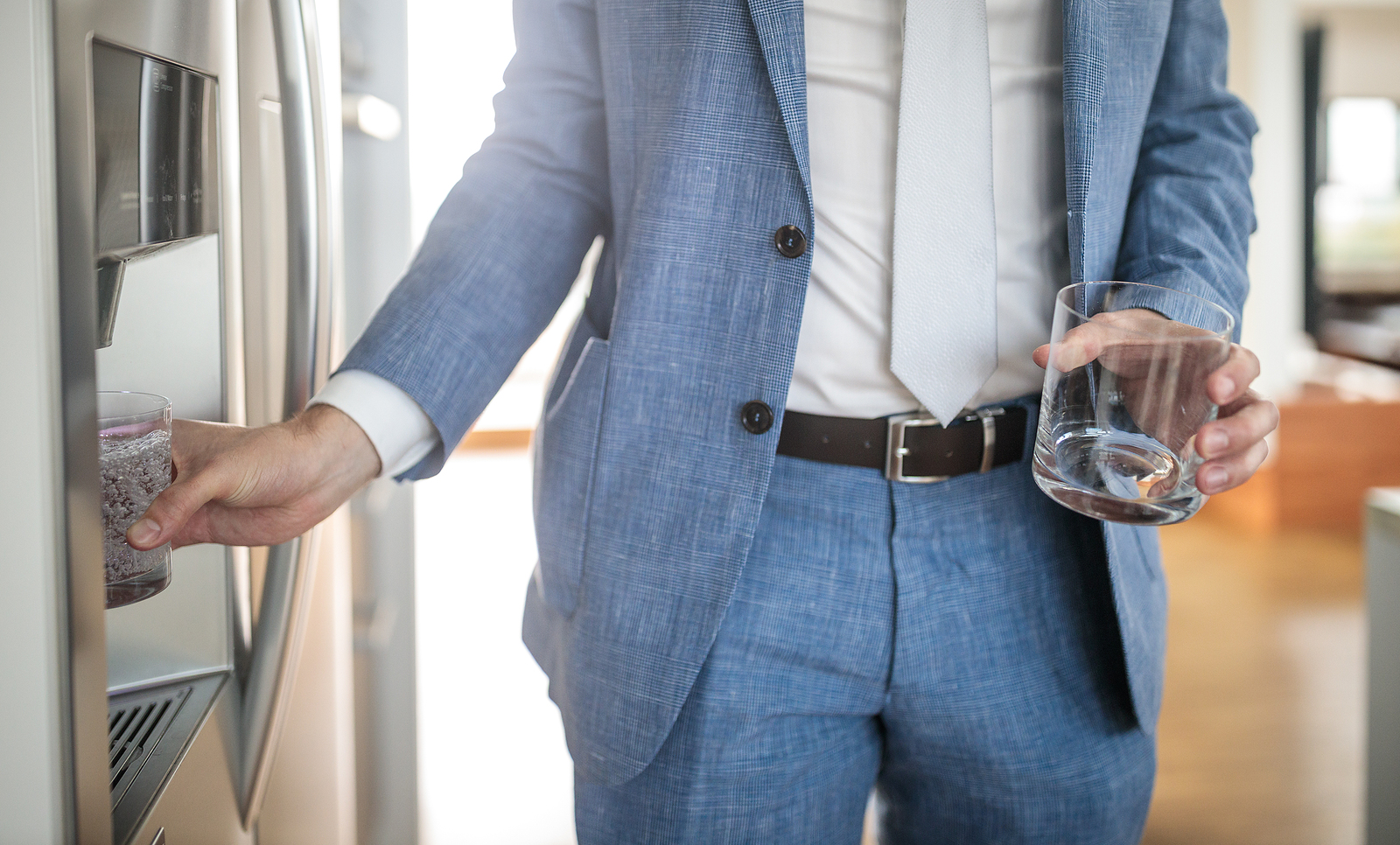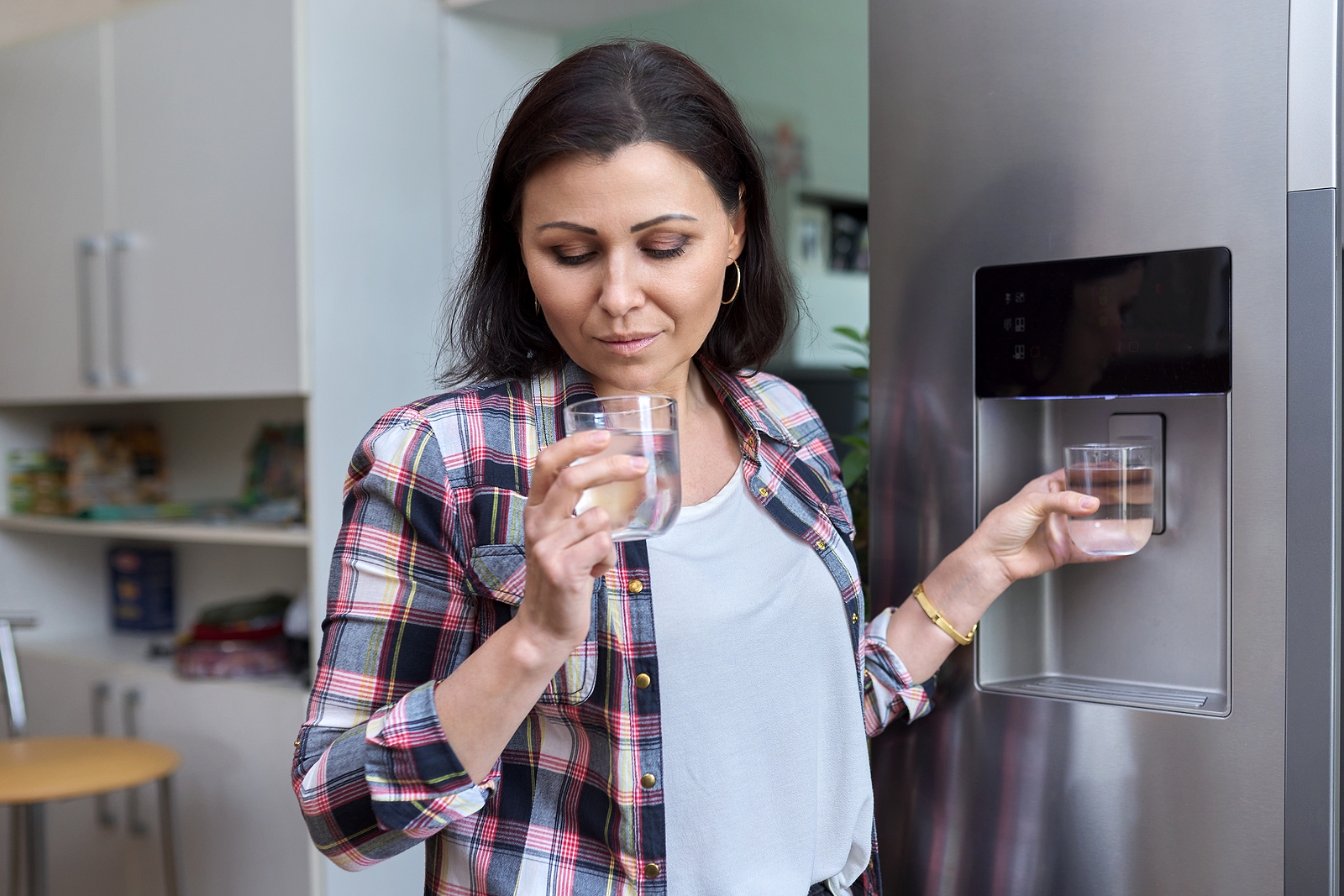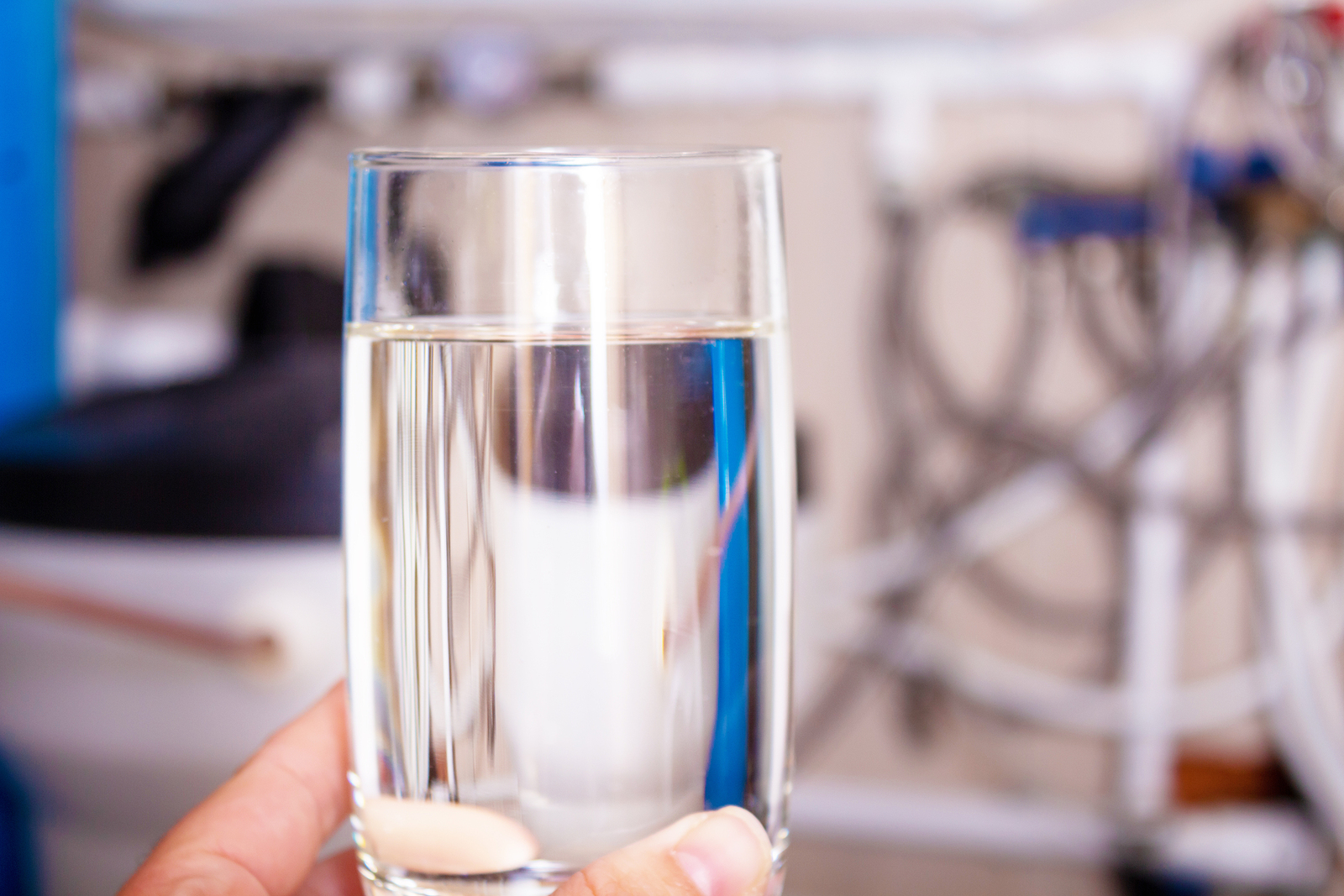If you haven’t been filtering your ice machine water, the benefits of doing so may surprise you. The quality of your water can impact the taste of your ice and the beverages it is placed in, as well as the longevity and efficiency of your ice machine, whether it be at your home, restaurant, or other business.
Protecting your investment comes down to passing the right water through your ice-making system through the use of an ice machine water filter .
Why Filter Your Ice Machine Water?
The main reason you want to filter the water going into your ice machine is because, with the right filtration system, you’ll be able to reduce the number of hard minerals passing into your ice machine. This can have a big impact on the longevity and efficiency of your ice maker system. Let’s take a closer look at why that is.
What are Hard Minerals?
The term hard minerals refers to mineral ions that are attached to water molecules. Water hardness can be caused by a variety of different mineral and metal ions, including:
- Calcium
- Magnesium
- Aluminum
- Barium
- Iron
- Zinc
- Manganese
The level of hard minerals found in tap water supplies varies depending on where you live, the general environment around your water supply source. Calcium and magnesium compounds are the most common dissolved minerals that contribute to water hardness. The mineral content of the soil near your water source will play a big role in how hard your water is.
Why are Hard Minerals Problematic?
The main problem with hard minerals is that they can impact the efficiency and lifespan of your ice machine over time. Hard water leaves behind mineral deposits when it is heated or evaporated, which is often referred to as “scaling”.
Scaling can impact nearly any appliance or surface hard water comes into contact with in your home, but is especially problematic in appliances that heat water. This includes your ice maker, but also includes your water heater, washer, dishwasher and coffee pot.
If your water is only moderately hard, or rather contains only a relatively small number of dissolved minerals, the effect of this mineral buildup will be more gradual. You may notice your ice making system producing less ice over time, or having to work harder to produce the same amount of ice. However, if your water contains very high levels of dissolved minerals, the buildup will occur much faster. The rate at which water hardness affects your ice machine will be relative to how hard your water is.
The effects of mineral buildup in your ice making system can be mitigated through regular descaling. However, if you have very hard water you will need to descale your ice machine more frequently to ensure it continues running efficiently. A far better solution is to reduce the mineral content of the water before it passes into your system.
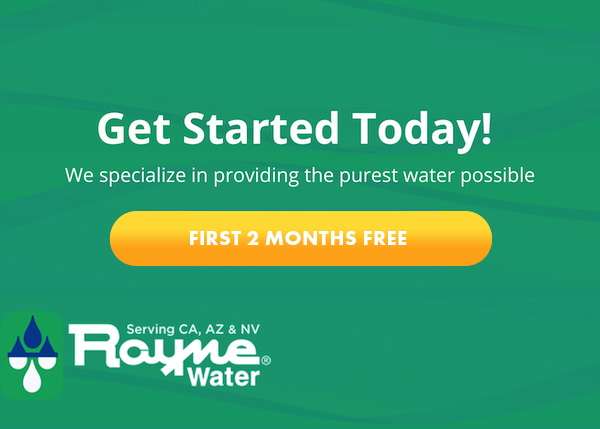
What’s the Best Way to Filter Your Ice Machine’s Water?
If you’re looking for the best way to filter your ice machine’s water, you may want to start with a water test. Testing the water in your home is an excellent way to determine how hard your water is, as well as what other contaminants are in your home’s water. This is a great starting point for determining an effective filtration solution for the water in your home.
Some ice machines have specific needs when it comes to water filtration . While dissolved minerals are bad because they cause buildup, you may also need to be sure that the water passing into your ice machine is appropriately conductive. Conductivity refers to the ability of water to pass an electrical current through it, and is measured in Siemens/cm (S/cm). Some water filtration methods remove so many salts and hard minerals that the water no longer has a conductivity level appropriate for the ice machine you’re using.
Your best bet is to consult your ice machine’s documentation to determine if a minimum conductivity level for your filtered water is required, and then ensure that you have an appropriate filtration system in place that produces water at those levels.
For the best tasting ice, you may also want to use a filtration system that captures a wide range of contaminants. This can ensure that substances which alter the flavor of your ice are removed, such as disinfectants like chlorine and chloramines.
Filtration systems that utilize reverse osmosis filtration, which can be installed under your kitchen sink, are often capable of this. Reverse osmosis systems can also be used to provide filtered water for cooking, making coffee, or filling your water bottle. If you’re looking for the best water filter for coffee , cooking or ice, a kitchen water filtration system is generally an excellent option. Reverse osmosis filtration can be used in addition to more common methods of removing hard minerals from water like an ion-exchange system. Ion-exchange systems are generally used to soften water for your entire home, which provides the benefits of soft water throughout your home.
Top Benefits From Filtering Your Ice Machine Water
Filtering the water passing into your ice machine offers these key benefits:
- Longer Equipment Longevity – If you don’t effectively filter your water before it enters your system, the mineral buildup will eventually affect the longevity of your system. You may need to use descaler more often to clean out the existing mineral buildup, or replace your system sooner than you otherwise might have to. Additionally, some ice machines may be sensitive not only to mineral buildup, but also how corrosive or “aggressive” your water is. A variety of factors can influence how corrosive your water is, including the PH of your water, it’s electrical conductivity, oxygen concentration and more. Because of this, it can be a good idea to have your water tested and ensure that it is appropriately filtered for your specific ice machine.
- Clear Ice – If you want clear ice like the kind you get at your favorite restaurant or coffee shop, you’ll need to use an ice machine filter . The hard minerals in your water are one of the reasons that ice can appear cloudy when frozen. Reducing the hardness of your water, as well as other impurities that may be in it, will result in clearer ice.
- Better Taste – To produce the best-tasting ice, use only clean, filtered drinking water. The ice-making process doesn’t remove all of the impurities in the water even though some of the hard minerals are left behind in your ice-making components. Other contaminants will remain in your ice cubes and melt into your beverages, affecting the taste. Contaminants such as Volatile Organic Compounds (VOCs), organic compounds, and disinfectants used in water treatment facilities can negatively impact the taste of your ice cubes. Installing an effective filtration system in your kitchen will allow you to make great tasting ice, start cooking with filtered water , and have clean, filtered drinking water accessible at any time.
Finding the Right Solution for Your Needs
Searching for an appropriate water filtration system for your residence or commercial building can be challenging because there’s no one-size-fits-all approach. Different filtration methods remove different types of contaminants, making them appropriate for one situation and less ideal for another.
If you’re looking for the best filtration system for your particular needs, consider consulting with a Rayne Water specialist. The different capabilities and benefits of water filtration systems can be dizzying, but finding a solution to your water filtration needs doesn’t have to involve tens of hours of research. Instead, rely on the experts who have decades of experience with water filtration.
Our Rayne Water experts will listen to you to find out what you want out of your water filtration system, and help you find an appropriate solution that fits your needs and budget. Whether it’s a point-of-use kitchen water filtration system that provides water for drinking, cooking, and your ice-machine, or a point-of-entry ion-exchange system that removes hard minerals from all of the water flowing into your house, our team at Rayne Water can help you find the right solution for your needs.
Closing Thoughts
If you want to get the most out of your ice machine while producing the best-tasting ice possible, you’ll definitely want to look into filtering your ice machine’s water. Many ice machine manufacturers recommend filtration because using hard water will cause mineral buildup on the ice making components of the system. That mineral buildup will affect the longevity and efficiency of your system, and require more frequent maintenance to ensure your system is producing enough ice. At the same time, ice made with unfiltered water tends to taste worse and appear more cloudy, both of which are unappealing.
Finding the right water filtration system for your ice machine can seem a bit daunting due to the fact that some ice machines have certain requirements for the minimum electrical conductivity for water passing through the system. This means that you want to filter your water to reduce the number of hard minerals, while also ensuring that the water you are using is appropriately conductive for your specific machine.
Our team at Rayne Water can help you find the balance in your water filtration system. Whether you’re looking for a point-of-use system for your kitchen that provides clean, filtered drinking water and supplies water to your ice machine, or a water filtration system for your entire home, our experts can help! To learn more, contact us at Rayne Water today.

Sources:
- “Water Conductivity” https://www.lenntech.com/applications/ultrapure/conductivity/water-conductivity.htm
- “Drinking Water Problems: Corrosion” http://publications.tamu.edu/WATER/PUB_water_Drinking%20Water%20Problems%20Corrosion.pdf
- “How Ice Makers Work” https://home.howstuffworks.com/icemaker.htm
- “Commercial Ice Machine + Water Filter = Pleased Customer + Fewer Service Calls”
- https://www.katom.com/cat/ice-makers/advantages-to-pure-water-filtration-for-your-commercial-ice-maker.html

